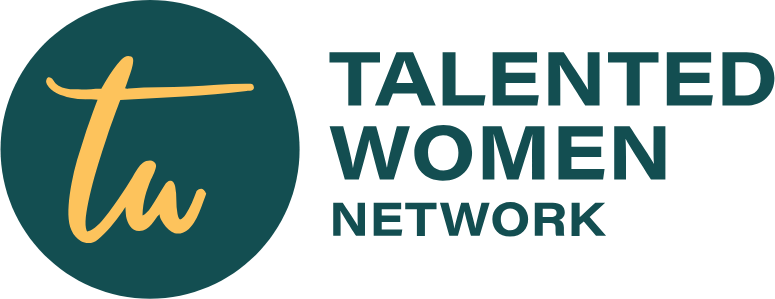In today’s hyper-competitive job market, your resume doesn’t get a second chance to make a first impression.
According to a widely cited study by The Ladders, recruiters spend an average of six seconds scanning a resume before deciding whether to move forward or discard it.
Six seconds.
That’s less time than it takes to boil water or scroll past a TikTok. So, how do you craft a resume that not only survives the six-second test but wins it?
Here’s how.
- Lead With a Clean, Elegant Format
First impressions are visual, and a cluttered resume kills interest instantly.
Use a professionally designed template with clear section headings and generous white space.
Avoid creative fonts, exotic layouts or excessive colors—unless you’re in a design field.
Recruiters aren’t looking to decode your experience. They want to glimpse your value—fast.
Pro Tip: Use easy-to-read fonts like Calibri, Helvetica or Georgia, and stick to black and white unless design legitimately enhances readability.
2. Craft a Powerful, One-Line Summary
Forget the outdated “Objective Statement.” Instead, open with a headline that captures who you are and how you add value—think of it as your personal pitch. One bold sentence.
Example:
Strategic Marketing Leader Driving 35% YoY Growth Through Data-Driven Campaigns.
With a glance, you’ve communicated your area of expertise, your leadership level, and the result you deliver. That’s powerful positioning in just 12 words.
3. Targeted Keywords Are Non-Negotiable
Most companies today use Applicant Tracking Systems (ATS) to filter resumes.
If yours doesn’t include relevant keywords, it may never reach a human desk—even if you’re highly qualified.
Study the job description. Mirror its language. If they want “cross-functional collaboration,” don’t use “worked with other teams.” Speak their language.
But remember: Never keyword-stuff. Weave qualifications in naturally and contextually.
4. Quantify Everything
Hiring managers aren’t just looking for duties—they want proof of impact. Numbers catch the eye and tell a compelling story.
Instead of:
Managed social media accounts and increased engagement.
Write:
Managed five brand channels, increasing follower growth by 42% and boosting engagement 3X in six months.
Stats don’t lie. They sell.
5. Prioritize Relevance, Not Chronology
You don’t need a laundry list of every job you’ve ever had. Prioritize roles, achievements, and skills that align directly with the position you’re applying for—even if it means trimming your resume down to one impactful page.
Remember: Longer doesn’t mean better. Better means better.
6. Add Selective, Strategic Extras
Certifications. Technical proficiencies. Languages. Thought leadership.
These elements can set you apart—but only when they’re relevant.
Do you speak Mandarin when applying to a firm doing business in Asia? List it. Certified in Google Analytics for a digital marketing role? Absolutely. Managed a side-project generating $20K in independent revenue? Talk about it.
But skip the fluff. Your resume isn’t the place for hobbies unless they tangibly support your brand.
Recruiters aren’t just glancing at your credentials—they’re evaluating whether you solve their problem.
So whatever you include, ask yourself: Does this highlight what I’ve done, how well I did it, and why it matters? If the answer is no, it probably doesn’t belong.
In a world moving faster than ever, six seconds can shape your future. Make every word count.
Think of your resume not as a biography, but as a billboard: bold, clear, and impossible to ignore.

